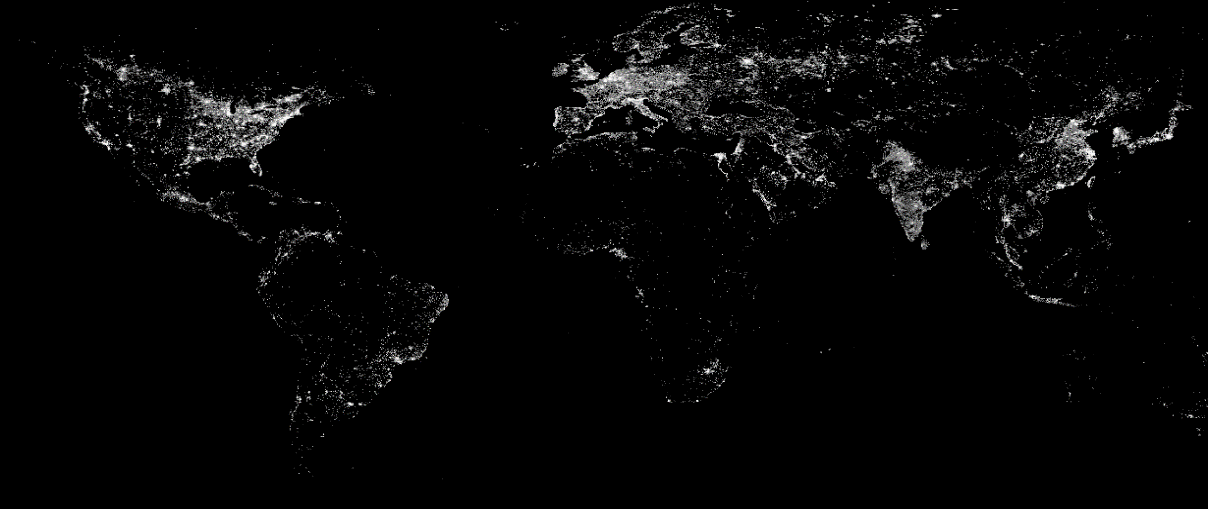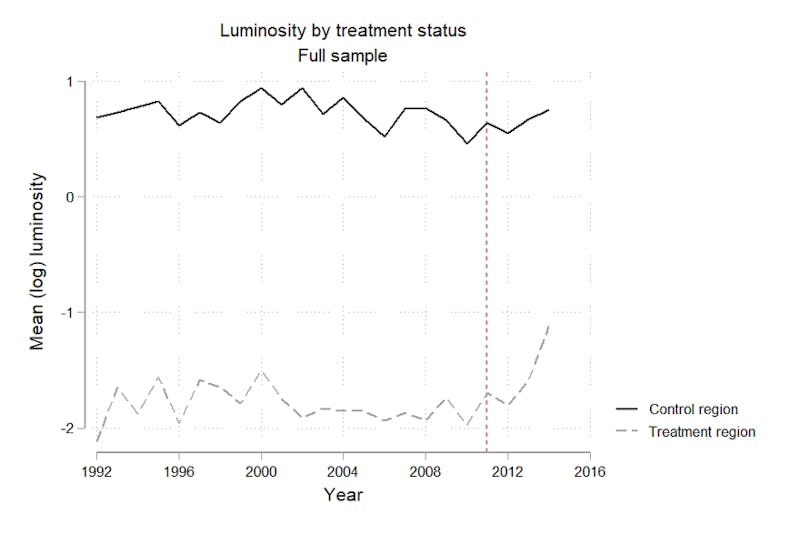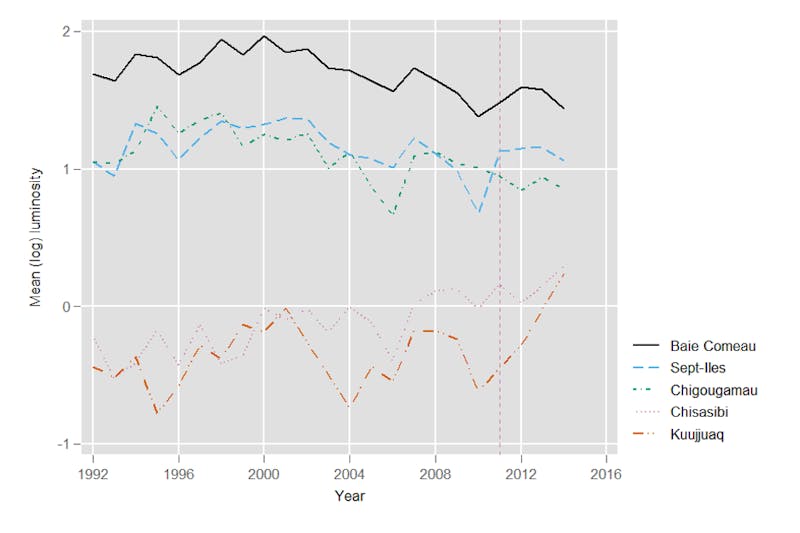Arctic economic development has long been plagued with systemic problems, including lack of quality infrastructure, overreliance on the exploitation of natural resources with price fluctuations and high prices for basic necessities (including food and housing). Governments with territory north of the 60th parallel have deployed strategies and policies to address these problems. However, we still lack the tools to clearly assess the efficiency and effects of these billion-dollar investments.
Reliable impact assessments of place-based development policies, in particular in small, remote communities, require robust, timely, geographically precise data collected at regular intervals. Given challenges and limitations of traditional government statistics, a data source that would enable the evaluation of the long-term impacts of place-based economic development policies in an Arctic context would have several characteristics:
- Collected at regular, short-spaced intervals;
- Released in a timely fashion;
- Be geographically precise;
- Be mergeable with other geographically defined data;
- Can be aggregated to any configuration desired by researchers;
- Be available retrospectively, so that the decision to evaluate impacts need not be taken in advance of policy implementation;
- Be inexpensive.




